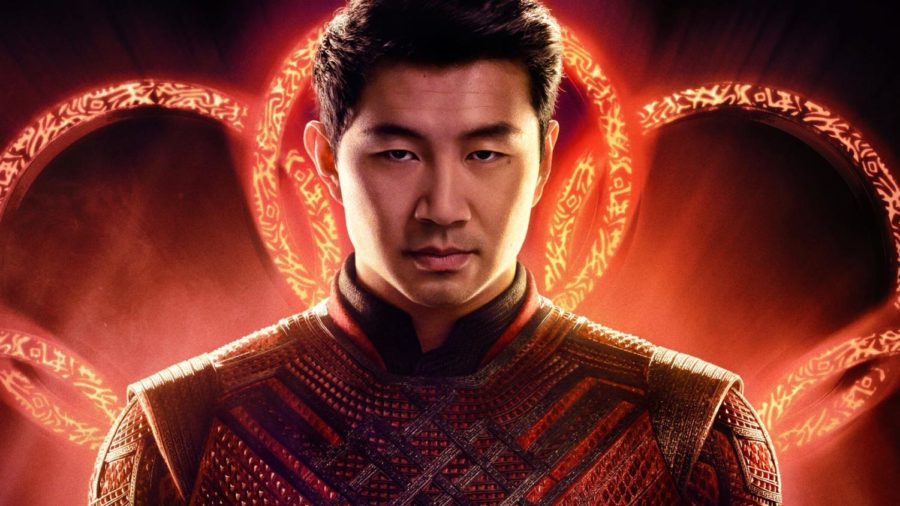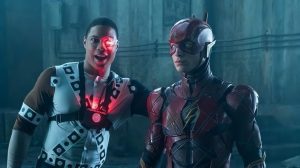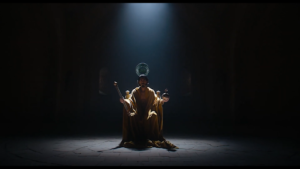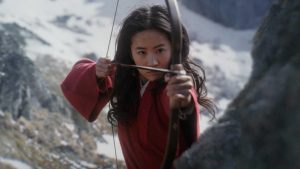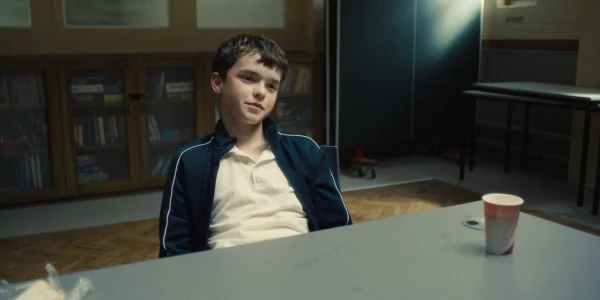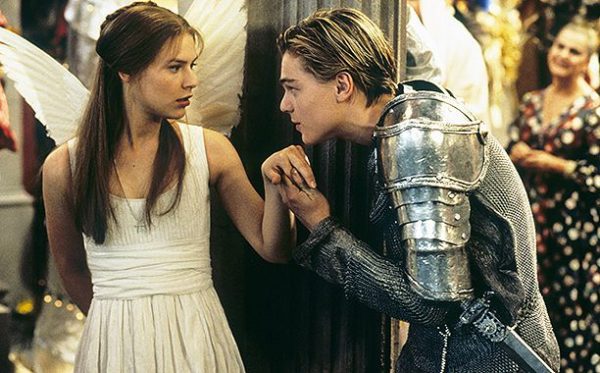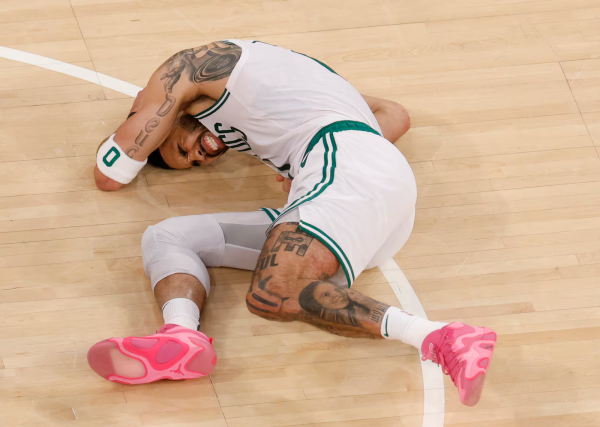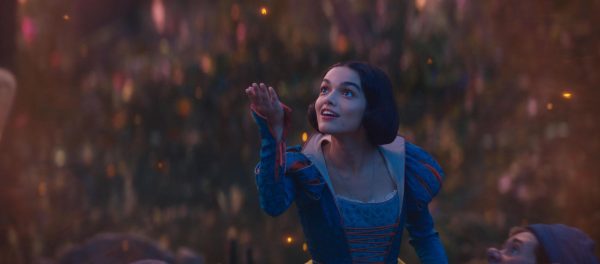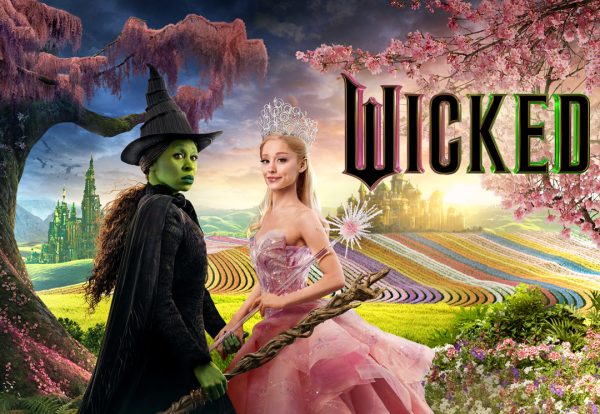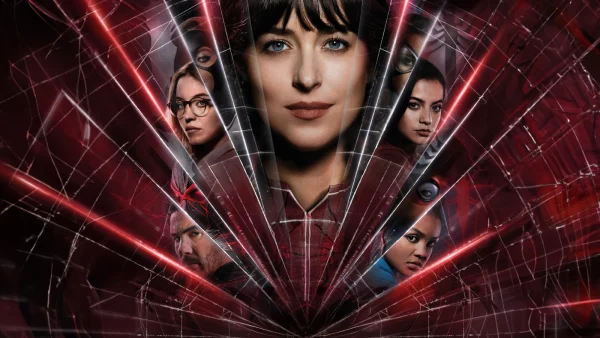‘Shang-Chi’ (2021) and the age-old battle between money and restraint
Simu Liu prepares for battle in the promo art for “Shang-Chi”.
Originally published in the September 2021 issue of tjTODAY
At least for the first half, “Shang-Chi and the Legend of the Ten Rings” was on track to being one of the better Marvel movies and certainly the best of the post “Avengers: Endgame” (2019) era. The relatively small scope (or at least as small as you can be when your villain is an immortal superpowered gangster) allowed for a much more compelling story with substantially more creative fight choreography. Unfortunately, like all of Marvel’s projects, the absurd budget seems to have gone to the filmmakers’ heads. By the end of the film, “Shang-Chi” morphs from a tight and emotional adventure into yet another VFX filled mess which ultimately rings hollow.
“Shang-Chi” is, first and foremost, a story about the conflict between father and son. Xu Wenwu (played by Tony Leung) is a crime boss granted immortality by the mystical “ten rings”, an absurdly powerful set of artifacts that have allowed him to create a global syndicate of assassins. His son Shaun (Simu Liu), having escaped his control, now lives a content life of mundanity as a hotel valet with his friend Katy (Awkwafina). This doesn’t last long, however, because Wenwu tries to have Shaun murdered. This spurs Shaun (whose real name is Shang-Chi) into action, setting him on a journey to get revenge against his father and save his sister.
The story, as it is, is quite engrossing. It’s not terribly deep, but it acts as an effective vehicle for Tony Leung’s stellar performance and some truly exceptional action sequences. While Simu Liu doesn’t bring too much in the way of characterization, he makes up for it with raw physicality. His martial arts prowess is quite something to behold — he can perform complex fight choreography without the aid of a stunt double, something that few actors can pull off well. The fight choreography scenes are also aided by having better camerawork than most of the rest of the MCU’s hand-to-hand combat scenes. Now the second unit directors don’t need to compensate for the actors’ lack of skill anymore with copious shaky-cam, and can instead focus on visual clarity and more precise framing.
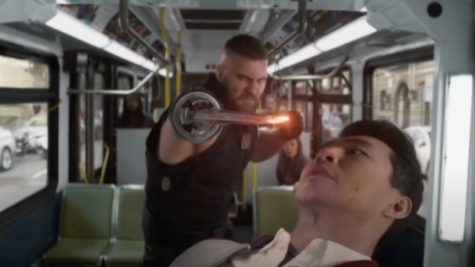
If the film kept up this trend of small-scale, more highly choreographed action with a strong emotional throughline for the entire runtime, I’d be more than happy to give “Shang-Chi” an enthusiastic recommendation. Unfortunately, that’s where the movie stumbles. Over the course of the second half of the film, all of the things that made “Shang-Chi” special dissolve away. The personal stakes that drove the characters in the beginning become more muddled with the introduction of possible world-ending consequences, the action scenes become more cluttered with armies of extras and giant CG mush, and the camera work and editing has to compensate by becoming much more sporadic and messy. What results is an ending reduced to nauseating visual soup, made all the more disappointing by the film’s great potential.
If you’re just looking forward to watching the next big Marvel movie, I’m sure you’ll like this one just fine, perhaps even more than most of the others. If not, I’d recommend checking out other Hong Kong action flicks like “Police Story” (1985) or “Dragon Inn” (1967).
*Cannot be watched on FCPS wifi

